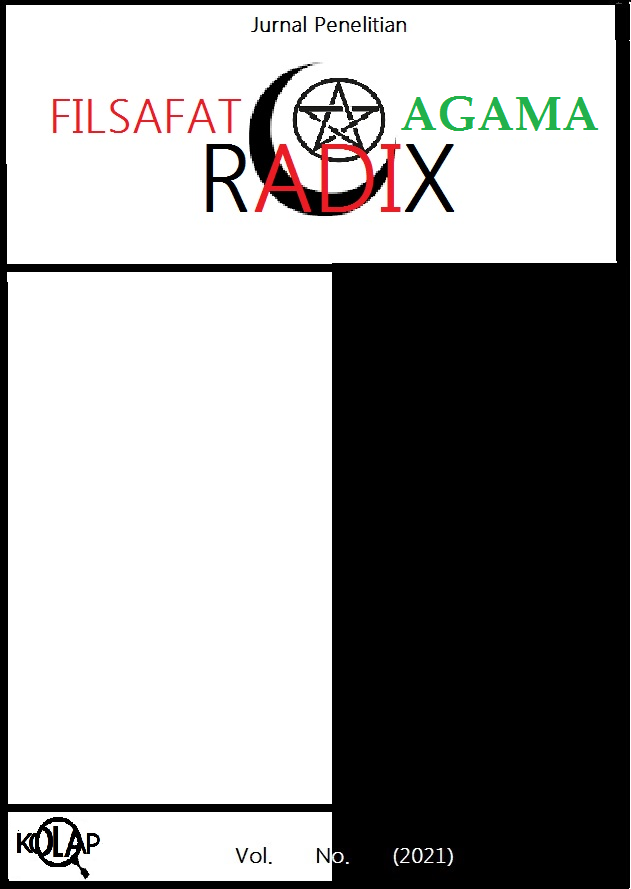ALIRAN KEBATINAN DI NUSANTARA DALAM PERSPEKTIF AGAMA MAINSTREAM
DOI:
https://doi.org/10.69957/radix.v3i01.2088Keywords:
Kebatinan, agama mainstream, spiritualitas Nusantara, kepercayaan lokal, sinkretismeAbstract
Aliran kebatinan merupakan bagian dari kearifan lokal yang telah eksis dan berkembang di Nusantara jauh sebelum masuknya agama-agama besar seperti Islam, Kristen, Hindu, Buddha, dan Katolik. Sebagai sistem kepercayaan, aliran kebatinan memiliki pandangan khas mengenai Ketuhanan, kehidupan, dan spiritualitas. Artikel ini bertujuan untuk mengkaji eksistensi aliran kebatinan serta bagaimana agama-agama mainstream memandangnya. Kajian ini menggunakan pendekatan kualitatif dengan metode studi pustaka dan analisis perbandingan ajaran. Hasil kajian menunjukkan bahwa meskipun aliran kebatinan sering dianggap sinkretis dan tidak sesuai dengan doktrin teologis agama-agama resmi, namun ia tetap memainkan peran penting dalam membentuk identitas spiritual masyarakat Indonesia.
References
Departemen Agama RI. (2009), Profil Aliran Kepercayaan di Indonesia.
Durkheim, Émile. (1995), The Elementary Forms of the Religious Life. New York: Free Press.
Geertz, Clifford. (1960), The Religion of Java. University of Chicago Press.
Hick, John. (1989), An Interpretation of Religion: Human Responses to the Transcendent. Yale University Press.
Koentjaraningrat. (1985), Kebudayaan Jawa. Balai Pustaka.
Magnis-Suseno, Franz. (1984), Etika Jawa. Gramedia.
Simuh. (1995), Mistik Islam Kejawen: Dari Syekh Siti Jenar ke Soekarno. Pustaka Pelajar.
Woodward, Mark R. (1989), Islam in Java: Normative Piety and Mysticism in the Sultanate of Yogyakarta. Arizona State University.
Downloads
Published
How to Cite
Issue
Section
License
Copyright (c) 2025 Achluddin Ibnu Rochim

This work is licensed under a Creative Commons Attribution-ShareAlike 4.0 International License.

This is Licensed under the Creative Commons Attribution-ShareAlike (CC BY-SA) License. This journal uses a Creative Commons license in how published content can be used which will receive a self-publisher license if it is generally equivalent to one of the Creative Commons licenses. Journal does not add to or adapt the terms of the Creative Commons license. This disclaimer is for the avoidance of doubt, where the Exceptions and Limitations apply to Your use, this Public License does not apply. The formal legal provisions for access to digital articles of this electronic journal are subject to the terms of the Creative Commons Attribution-ShareAlike (CC BY-SA) license, which means Jurnal of DiA reserves the right to store, modify the format, administer in the database, maintain and publish articles without requesting permission from the Author as long as it keeps the Author's name as the owner of Copyright.




